Orange County is considering a massive 2,600-acre rezoning and development proposal at the intersection of Rte. 3 and Rte. 20, bordering Culpeper and Spotsylvania counties and two miles of the Rapidan River, at the gateway to the Wilderness Battlefield. The developer is proposing as many as 5,000 residential units and over 5 million square feet of commercial space (including by-right warehouse/distribution and data center uses). Wilderness Crossing would be the largest rezoning in the County’s history, if approved.
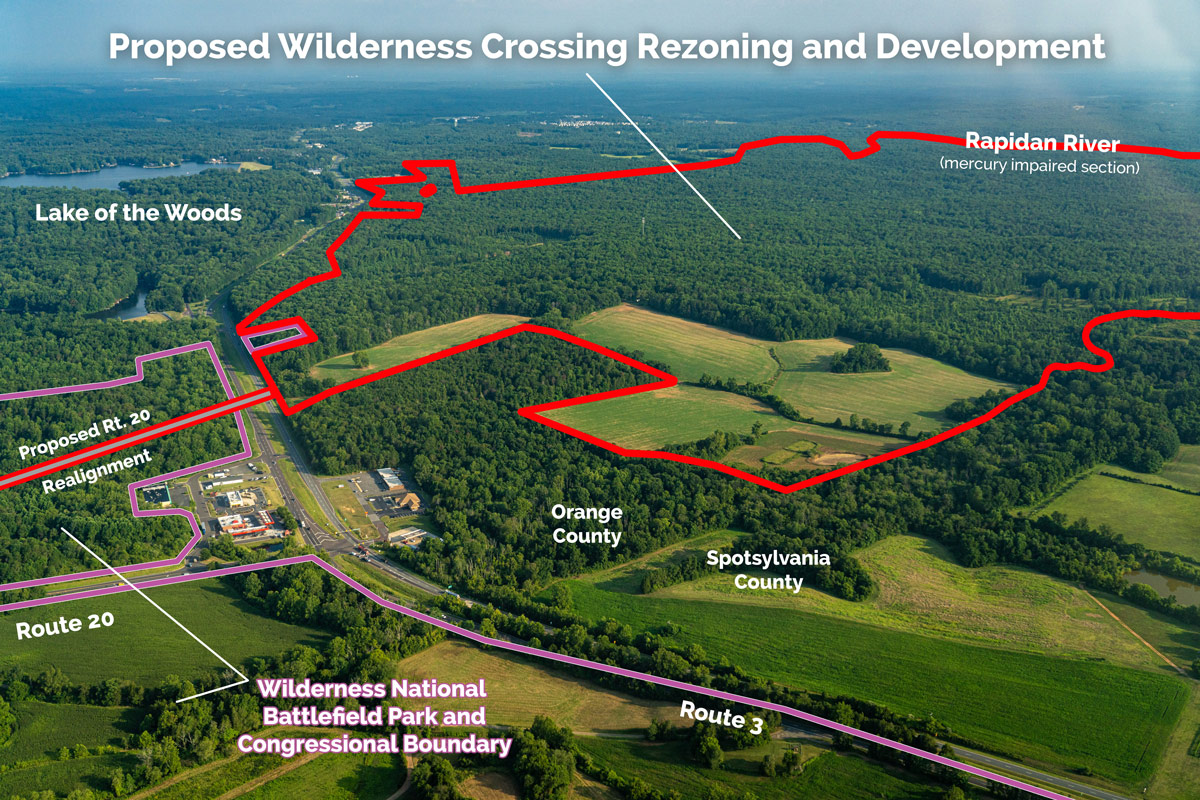
The property is currently a mosaic of forest, farmland, rolling hills, and riverfront; it is a scenic and historic landscape that epitomizes Orange County’s rural character. In fact, most of the land encompassed in the Wilderness Crossing proposal is classified as a top conservation priority by the Commonwealth’s ConserveVirginia strategy, which identifies unprotected lands providing critical ecosystem services in the form of improved air and water quality, carbon sequestration, and enhanced fish and wildlife habitat.
We believe the project, proposed by KEG Associates III (“the developer”), to be oversized, in the wrong place, and poorly designed — reminiscent of many of the cookie-cutter developments in Northern Virginia and along the I-95 corridor. It would strain the regional water supply and reduce open space, wildlife habitat, and riparian buffers along the Rapidan River. It would also increase traffic and county-wide taxes because of the services and infrastructure, such as new schools, it would demand.
Most concerning, development of Wilderness Crossing poses a significant risk to the health and safety of current and future Orange County residents due to numerous unreclaimed, mercury-contaminated gold mines across the site.
Get Involved – Tell Orange County to Vote ‘No’
The Wilderness Crossing rezoning proposal (REZ 22-03) is currently under review by Orange County, so we encourage you to share your concerns with the Planning Commission and Board of Supervisors now.
The Planning Commission is scheduled to hold a public work session on the proposal on January 5, 2023, and votes are likely to be scheduled soon after that.
Keep reading below to learn more about our concerns with Wilderness Crossing. If you have any questions, contact PEC’s Orange County Land Use Field Representative, Don McCown at [email protected] or (434) 977-2033 ext. 7047.
Our Concerns
The proposed Wilderness Crossing development is huge: 2,600 acres, as many as 5,000 homes, and over 5 million square feet of commercial. A proposal of this size, on a site with known, unmitigated hazards, and located at the gateway to a historic Civil War battlefield, leaves a lot to unpack. We have identified at least six major issues.
1. Mercury contamination threatens resident health and safety, water quality, and wildlife
During Virginia’s gold mining era (1804 to 1937), this property was the site of several prospecting pits and at least 15 surface and shaft mines that make up five formally-named mines. The practice in Virginia’s gold-pyrite belt was to use mercury to extract gold. Mercury is considered by the World Health Organization (WHO) to be one of the top 10 chemicals of major public health concern. It has possible toxic effects on the nervous, digestive, and immune systems, and on lungs, kidneys, skin, and eyes.
Of the five formal mines located on Wilderness Crossing property, only one was partially reclaimed when a shaft was filled with rubble and debris. Another one of the mines, the Vaucluse, is recognized as the largest gold mine in the Commonwealth. (Learn more about the history of gold mining in Orange County by watching this video from the Orange County Historical Society).
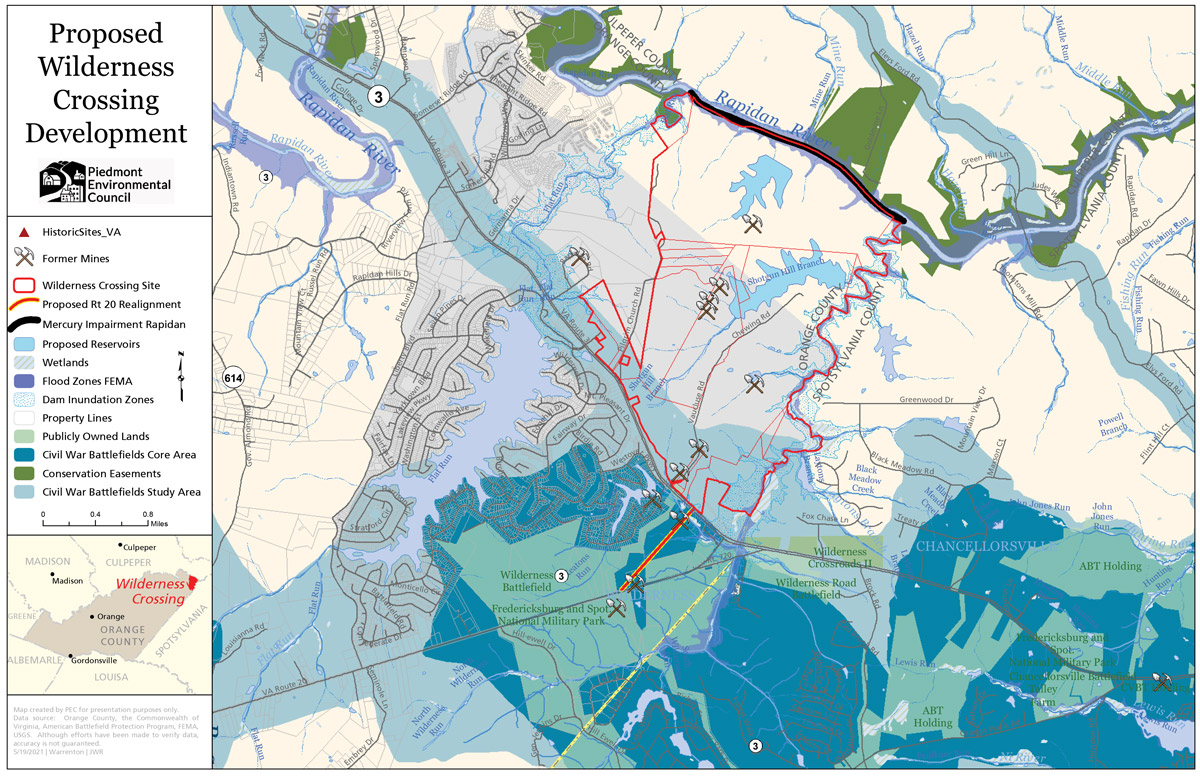
From a review of publicly-available records, it appears that none of the historical gold mine sites in the Wilderness Run area have been fully reclaimed, resulting in ongoing pollution and harm, despite well-documented and long-standing concerns about mercury contamination. Virginia’s Department of Environmental Quality (DEQ) and the U.S. Environmental Protection Agency have deemed the adjacent section of Rapidan River impaired due to mercury found in fish tissue.
[Keep reading: “Shocking news about historic gold mining contamination”]
Development of the Wilderness Crossing property could exacerbate the ongoing, unmitigated environmental and public health risk posed by these abandoned, contaminated gold mines. It could potentially disperse mercury and other toxins into the air and cause more widespread pollution into the soil and water.
While we understand the developer may have had general conversations with Virginia Department of Energy about working with abandoned mines, the relevant state agency is DEQ. DEQ is Virginia’s environmental agency and is responsible for regulating pollution. Unfortunately, DEQ has indicated that it will not get involved in this project unless the developer agrees to participate in the agency’s Voluntary Remediation Program, or until after the rezoning is approved and the project advances to the normal construction permitting process. We believe the County should require the developer to enroll in and complete (receive certification from) DEQ’s Voluntary Remediation Program as a condition of the rezoning, guaranteeing to Orange County taxpayers and residents that remediation will actually occur.
2. Too many houses for Orange County’s projected population growth, without addressing affordable housing needs
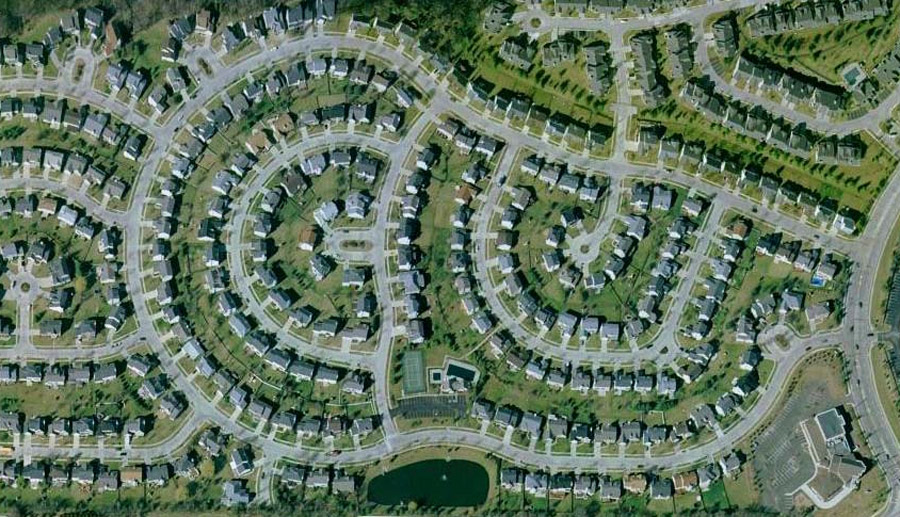
According to census data, Orange County’s population was 36,119 in 2020. The Weldon-Cooper Center at UVA projects that Orange County will grow to 48,197 residents in 2050. If that projection is correct, the County would need about 4,200 new housing units in the next 30 years.
The Wilderness Crossing developer has proposed construction of “approximately 2,000+” residential units during the first 10 years of buildout, with an eventual maximum of 5,000 units in 2060. What’s more, the developer’s fiscal impact analysis notes that three other named projects pending before the County could account for as many as 984 new residential units already in the development pipeline. Clearly, the developer’s rezoning request for 5,000 new units at Wilderness Crossing is ridiculously out of scale.
When you consider the County’s need for affordable housing, Wilderness Crossing is even less promising. The proposal lacks any mention of home prices, but the proposal’s assertion that buildout will be guided by market changes and demand, suggests that the project is intended to consist of market-rate housing, rather than inclusive housing options. This development would attract “super commuters” (workers that spend 90 minutes or more, each way, getting to and from work; Orange County already ranks #10 for these according to Stacker.com) and remote workers with higher incomes, further exacerbating affordability and traffic issues on Rte. 3 in Orange County.
According to a 2020 regional housing study by the Rappahannock-Rapidan Regional Commission, finding an affordable home is already difficult for many Orange County families. Orange County has over 3,200 cost-burdened households (those who spend more than 30 percent of their household income on housing), and 63 percent of the projected demand for new housing over the next five years is for low-income or very-low-income families.
The average sale price for a market-rate home in Orange County is currently around $378,000, according to Redfin real estate data. To afford that, resident workers would need to earn over $90,000 per household, based on 10% down and a 6% interest rate. The developer provides no assurance that Wilderness Crossing will be accessible for public servants such as teachers, firefighters, or law enforcement officers, who typically earn less. In fact, the developer’s own fiscal impact analysis shows that Orange County Sheriff’s deputies earn only $56,612 on average.
3. Sprawling development pattern would discourage walkability and connectivity while increasing local traffic
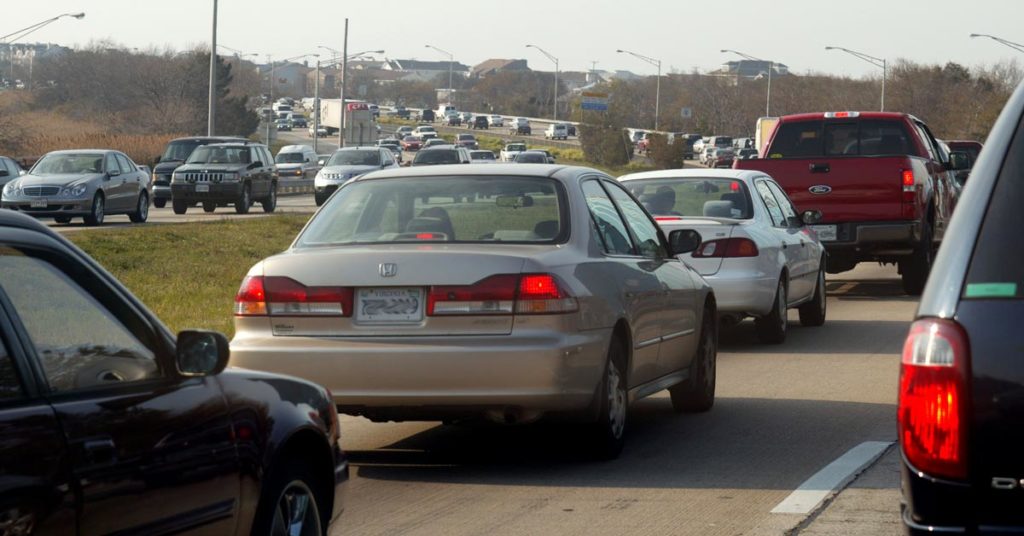
Wilderness Crossing is neither convenient nor pedestrian-oriented. Despite being touted as a mixed-use development, the proposal calls for a “Town Center” of commercial businesses intermixed with townhomes and apartments stretched along Rte. 3, and large-lot, single-family homes consuming an overwhelming majority of the remaining acreage. Fragmented open space would be scattered throughout these sprawling residential neighborhoods. Many residents would not be within walking distance of the retail, grocery stores, restaurants, or services that are used as a selling point. Further, the proposed onsite trail system appears to have limited access for County residents living outside Wilderness Crossing, providing little to no benefit to existing neighborhoods along the Rte. 3 corridor
An accurate traffic impact analysis is vital to ensuring that any proposed development does not overwhelm the public road system. The Wilderness Crossing developer’s traffic impact analysis shows that at full buildout, Wilderness Crossing would add about 11,000 more car trips than at present to area roads during peak hours. It also only covers a radius of about five miles from the intersection of Rte. 3 and Rte. 20. However, using the developer’s estimate of 5,000 homes, the Center for Neighborhood Technology’s “Housing + Transportation Index” calculates that Wilderness Crossing would significantly increase traffic around the area, bringing about 31 million additional vehicle miles traveled on area roads annually.
The reality is that most of these car trips and vehicle miles will not just add congestion to roadways around the vicinity of Wilderness Crossing but well beyond as residents travel to and through Fredericksburg and Culpeper for services and jobs. Much of the anticipated traffic would therefore occur beyond the developer’s study area and beyond the improvements that the developer will pay for. And virtually none of it can be offset by transit, walking or biking.
It’s also likely few people living in Wilderness Crossing would actually work there. Many of the residents would be traveling further to get to major job centers in Northern Virginia than if they lived nearer to Orange, Culpeper or Fredericksburg. The car-centric location and design of Wilderness Crossing would be inconvenient for residents AND increase greenhouse gas emissions. In stark contrast to the Wilderness Crossing proposal, PEC believes new residential development should be located near existing services, giving people shorter commutes and shorter trips to daily needs, lessening traffic throughout our region, improving our quality of life and preserving our farms and forests.
4. The new infrastructure needed has tax implications for residents county-wide

Wilderness Crossing would require the construction of new infrastructure: schools, roads, and water and sewer utilities. Often, to help offset or compensate for the burdens a development puts on a county, a developer will submit a list of things it “promises” in exchange for the County’s approval of its application. These proffers rarely offset the full, or even most, of the costs taxpayers will have to spend on a development’s supporting infrastructure. For example, the Wilderness Crossing developer’s proffer statement includes land for a new school, but nothing to cover the estimated $64,800,000 construction cost of a new high school. The proffer statement includes some transportation improvements, but little about water supply.
The developer has proffered that some of these expenses could be covered by a Community Development Authority (CDA). A CDA is a special tax assessment district where large projects are financed through the issuance of bonds paid off over many years by the owners of real estate within the CDA district, in this case, Wilderness Crossing residents. However, with no guarantee that such a CDA would even be created, no specifics of what infrastructure the CDA would fund, and no explanation about how it would be structured or administered, this is an empty proffer that does little to ensure costs won’t fall on Orange County taxpayers.
Finally, although counties are typically not responsible for the loan should a CDA fail, a county’s bond rating could be impacted. This is a very risky gamble for Orange County considering the high infrastructure costs of accommodating this sprawling development, the lack of specifics on what the CDA would fund and how it would be structured, and the speculative nature of the overall proposal.
5. There may not be enough water
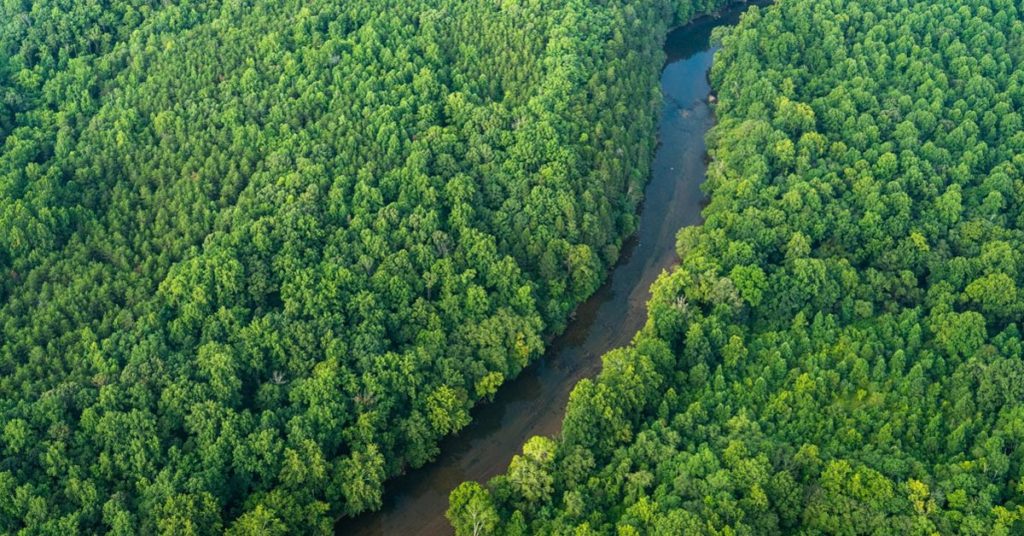
We are especially troubled by the developer’s short treatment of the critical question of an enduring and reliable water supply for residents of Wilderness Crossing, both during buildout and beyond, other than an offer to coordinate with the Rapidan Service Authority (RSA) for water/wastewater facilities and infrastructure.
Orange County’s most recent water resources supply plan (approved by the state in 2013) raised serious concerns that the projected, significant growth in water demand in the County is not offset by any planned, potential increase in supply. This is especially true for users who are dependent on the Rapidan River, as would be the case for residents of Wilderness Crossing, and would include any potential reservoirs on site (which were contemplated in the 2013 plan).
The County and the Wilderness Crossing proposal are relying on the good graces of the Rapidan to continue supplying water at current levels to existing upstream residents and to accommodate all future demands for withdrawals. In light of the dramatic shifts in temperatures, precipitation, and seasonal patterns climate change is already bringing to our region, and considering the experience of historic (1930) and recent (1998-2002) droughts in Orange County and the total dependence of the proposed Wilderness Crossing development on the availability of water from the Rapidan, we question the developer’s assumption of water availability for the thousands of residents it hopes to attract.
The County is being asked to make a historic decision of permanent consequence to water resources that would impact not only any future residents of Wilderness Crossing, but all who are dependent on the Rapidan as their primary water source. The County is being asked to make this decision based on information that was last developed in 2007 and approved in 2013 in the state-mandated water study plan, and without any commitment from the developer to make good on water requirements. Importantly, the state is currently amending existing water plan regulations to require regional water supply planning in the upcoming state water planning process. This will require Orange County to participate in a regional process that includes the needs and users of other jurisdictions. The County should postpone water-related decisions, including the Wilderness Crossing rezoning, pending regional approval under the soon-to-be finalized new regulations.
6. Realignment of Rte. 20 would be detrimental to the historic battlefield and recreational open space
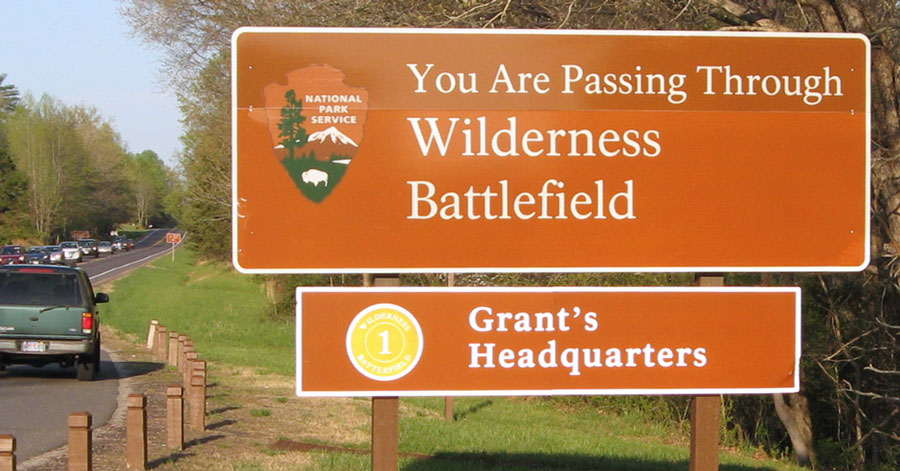
Because the Wilderness Crossing development has the potential to shape the future development of Orange County, it also holds the potential to play a critical role in the future of the Wilderness Battlefield. Wilderness Battlefield is a preservation priority “Class A” battlefield, which means it is among the Congressional Civil War Sites Advisory Commission’s highest priorities. A coalition of six historic preservation organizations, the National Park Service, and PEC have made repeated requests in writing, to no avail, to meet with County Supervisors about the proposal’s significant direct, indirect and cumulative impacts on the Wilderness Battlefield. You may remember that the County actually partnered with this coalition in 2012 to develop the Wilderness Gateway Study, which contemplated some limited mixed-use development, though nothing on the scale of Wilderness Crossing.
Land proposals must consider traffic impacts and any improvements that might be necessary to make the proposal work. In the case of Wilderness Crossing, VDOT is recommending that Rt. 20 be moved from its current location through National Park Service land (and several parcels owned by the developer) so that it intersects with Rte. 3 at the main entrance to Wilderness Crossing. Such a realignment would require a large land disturbance to the historic battlefield and construction of approximately one mile of new road through lands identified by Congress as worthy of perpetual protection.
The impact on historic resources notwithstanding, Wilderness Battlefield is a valuable and well-used recreation amenity. In addition to history buffs, the National Park Service-maintained trails and open space are all enjoyed by walkers, joggers, photographers and bird watchers alike. The National Park Service estimates that over the past 10 years, Wilderness Battlefield has seen an average of 481,000 visitors annually.
Make Your Voice Heard
The Wilderness Crossing rezoning proposal (REZ 22-03) is currently under review by Orange County, so we encourage you to share your concerns with the Planning Commission and Board of Supervisors now.
The Planning Commission is scheduled to hold a public work session on the proposal on January 5, 2023, and votes are likely to be scheduled soon after that. If you have any questions, contact PEC’s Orange County Land Use Field Representative, Don McCown at [email protected] or (434) 977-2033 ext. 7047.
